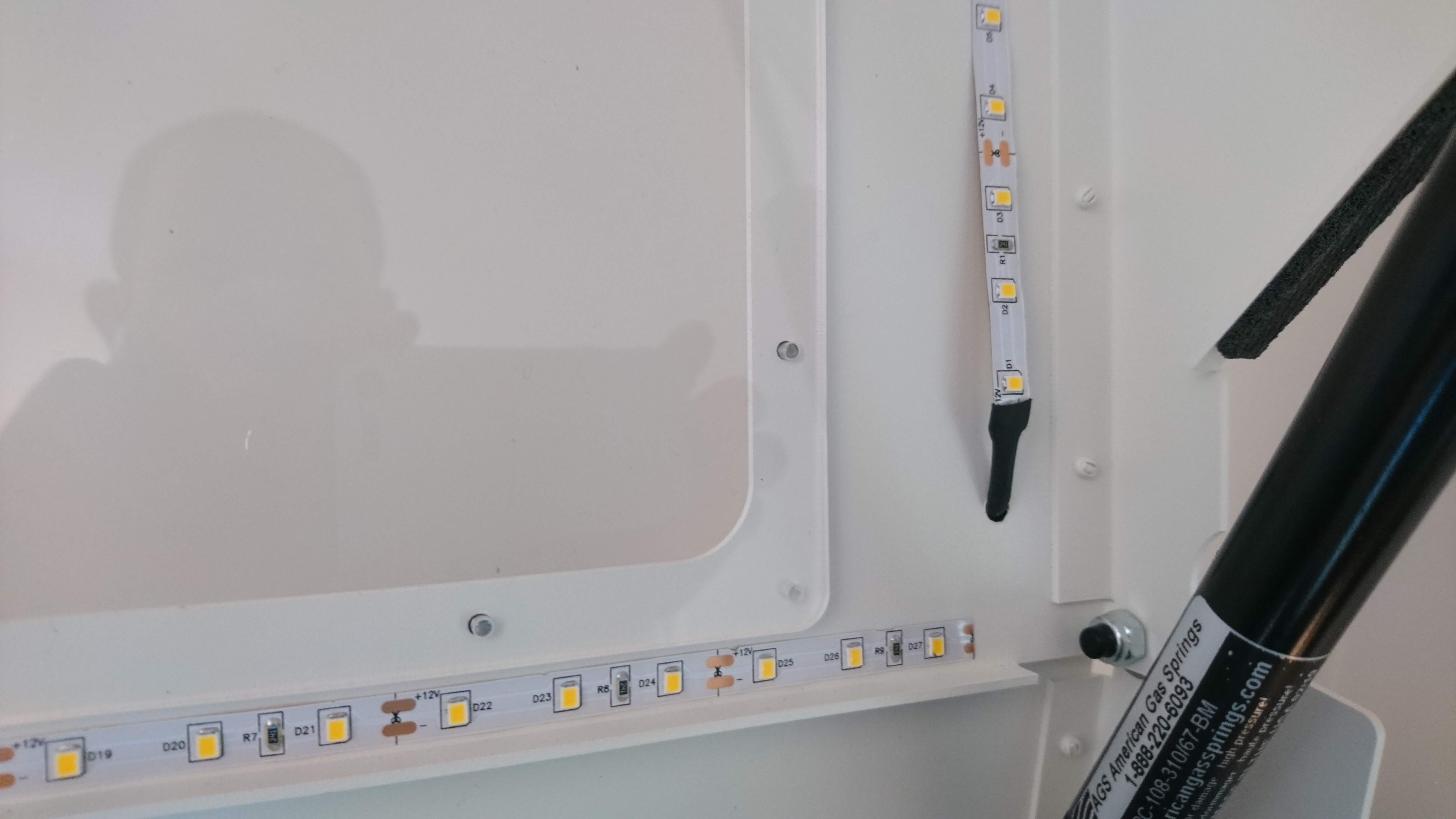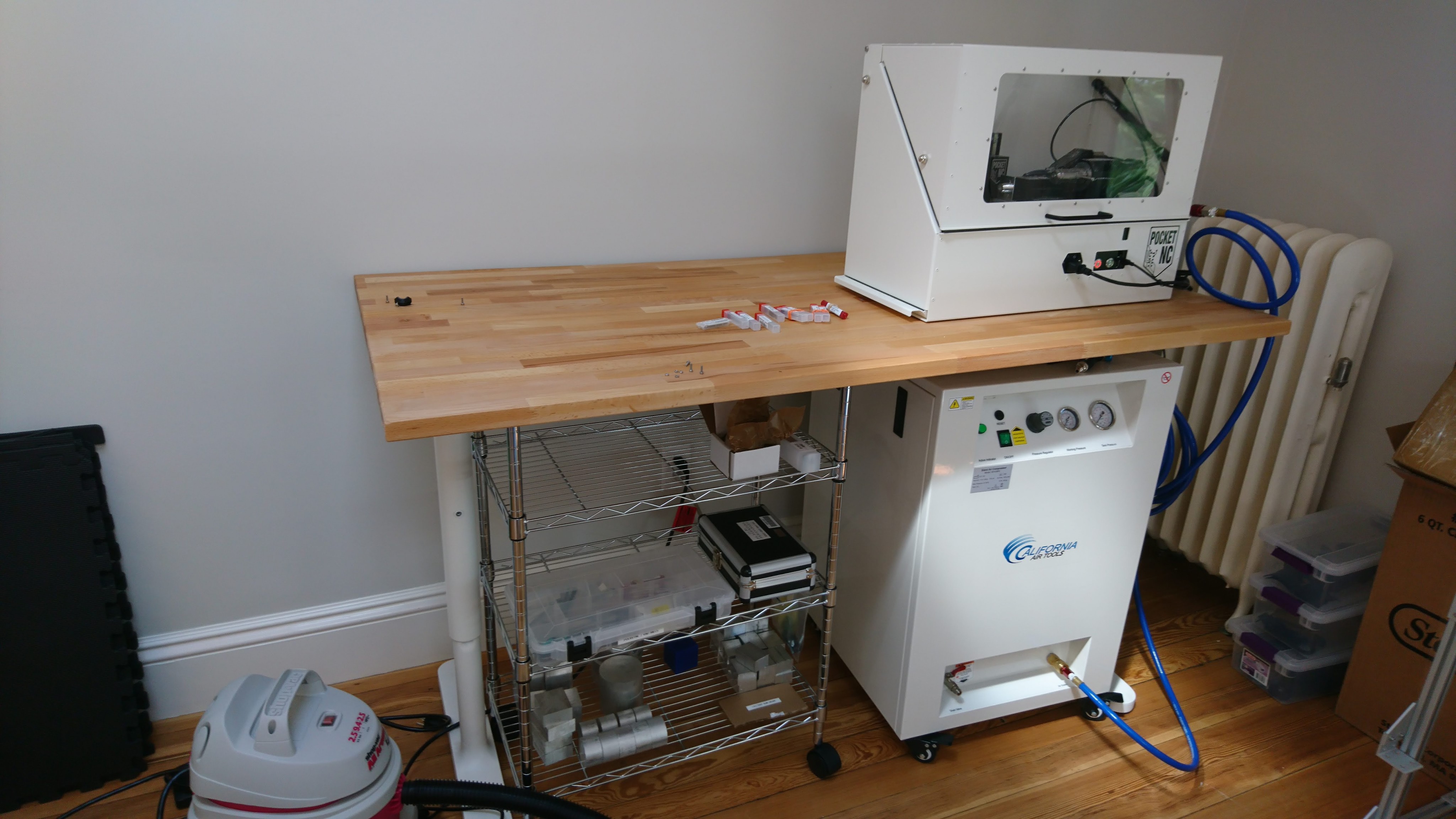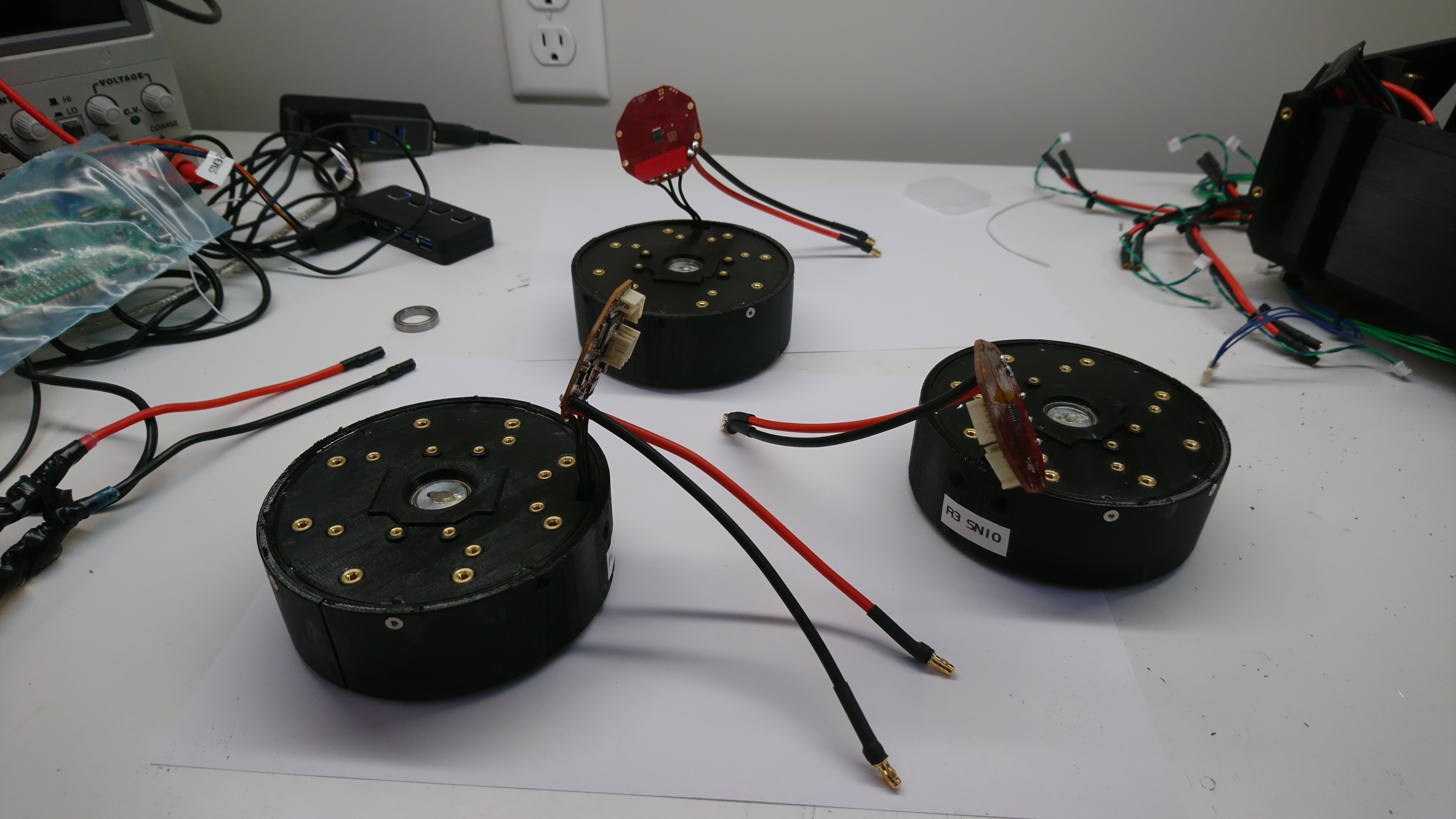Improving the moteus update rate, part 3
Back in part 1 and part 2, I looked at problems that limited the rate at which the host computer could command the full quadruped and some of the solutions. Now, in part 3, I’ll cover more of the solution.
More solution steps
Previously, I switched to using PREEMPT_RT, switched bridging strategies, and optimized the turnaround of the individual servo. Now, I’ll move on to optimizing the host software.
4. Host C++ software micro-optimizations
The primary contributor in the host software to the overall update rate is the time it takes to turn around from receiving a reply from one servo, to sending the next command. I first did some easy micro-optimizations which came up in profiling.





